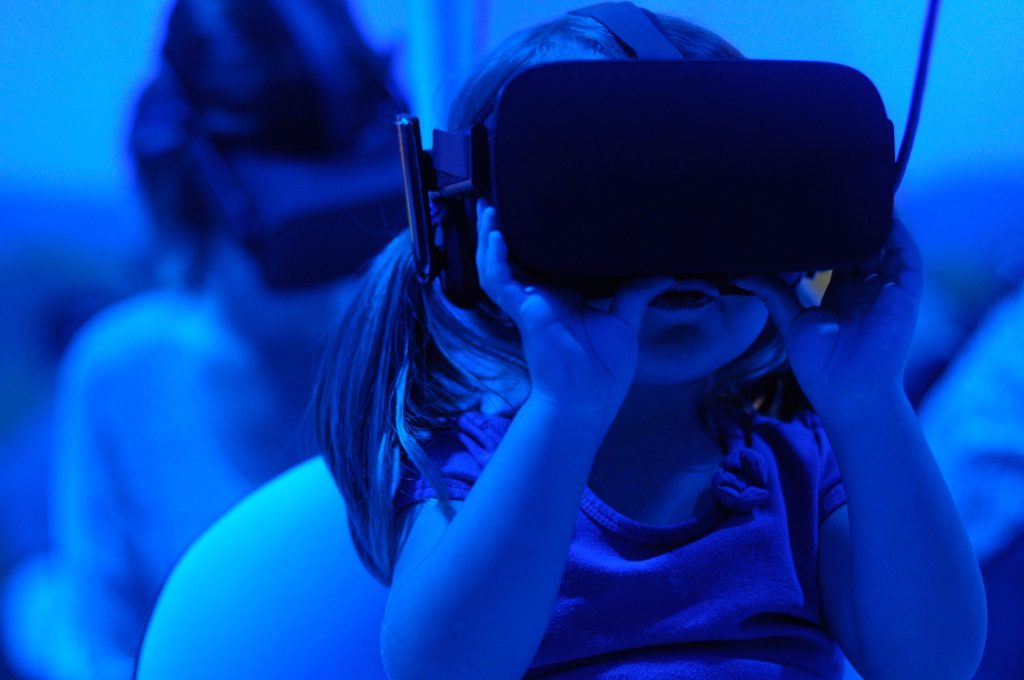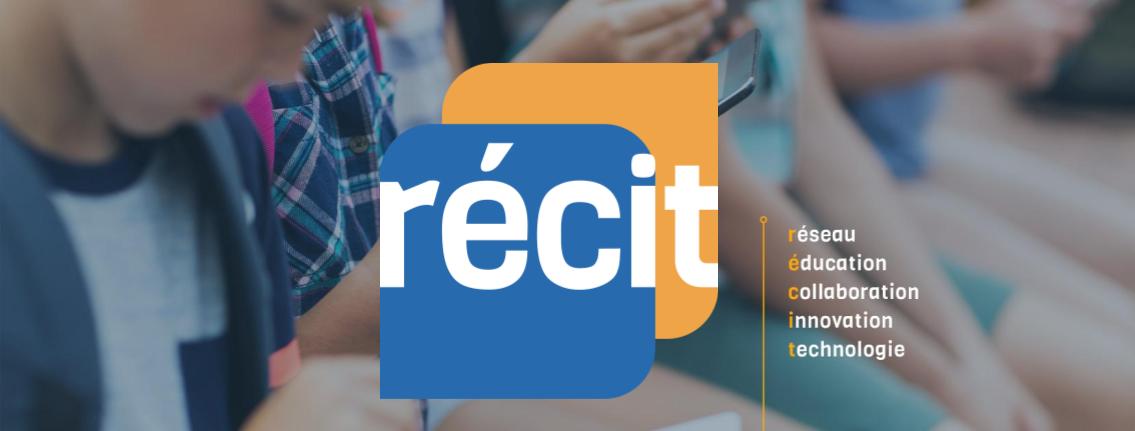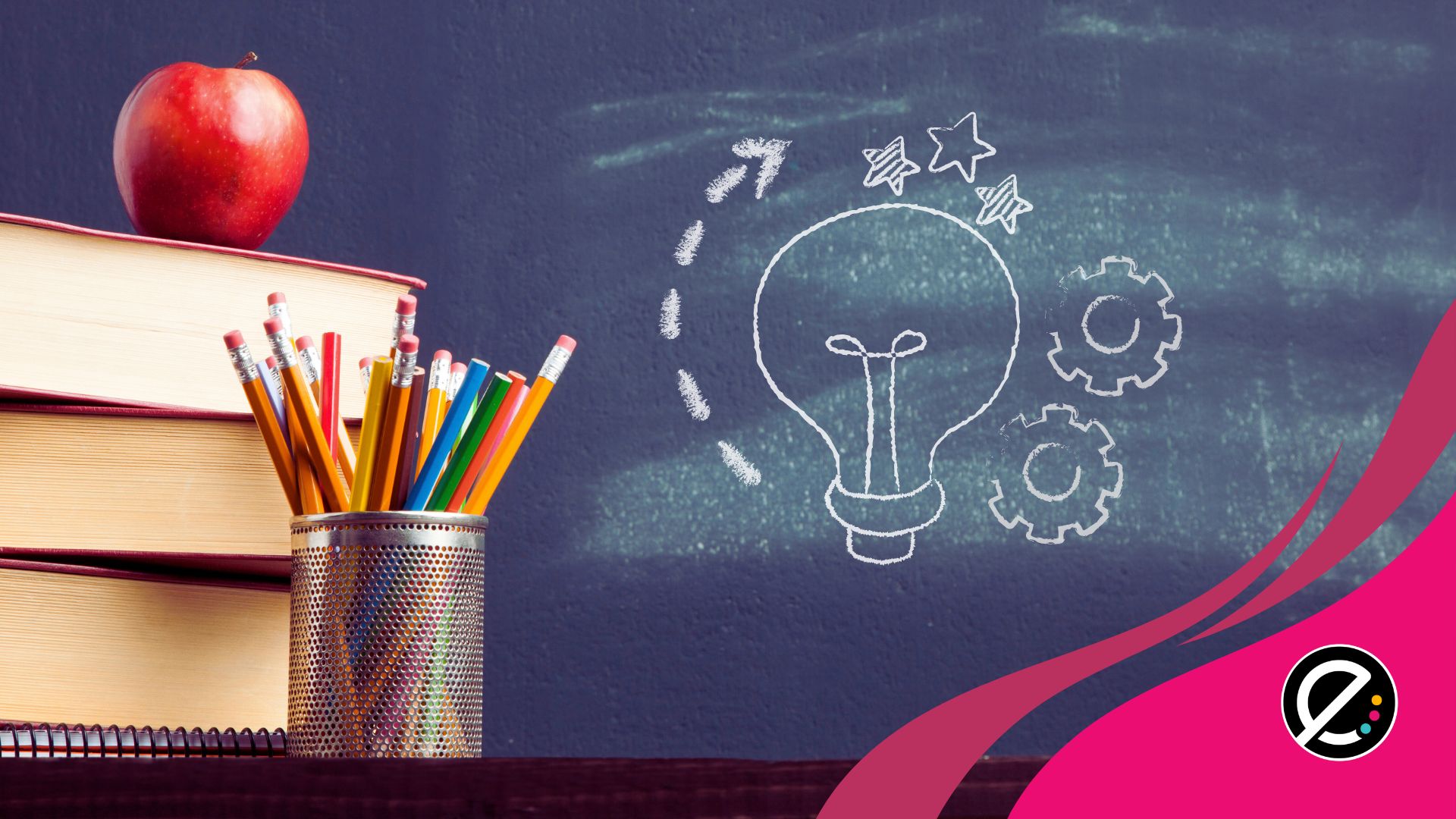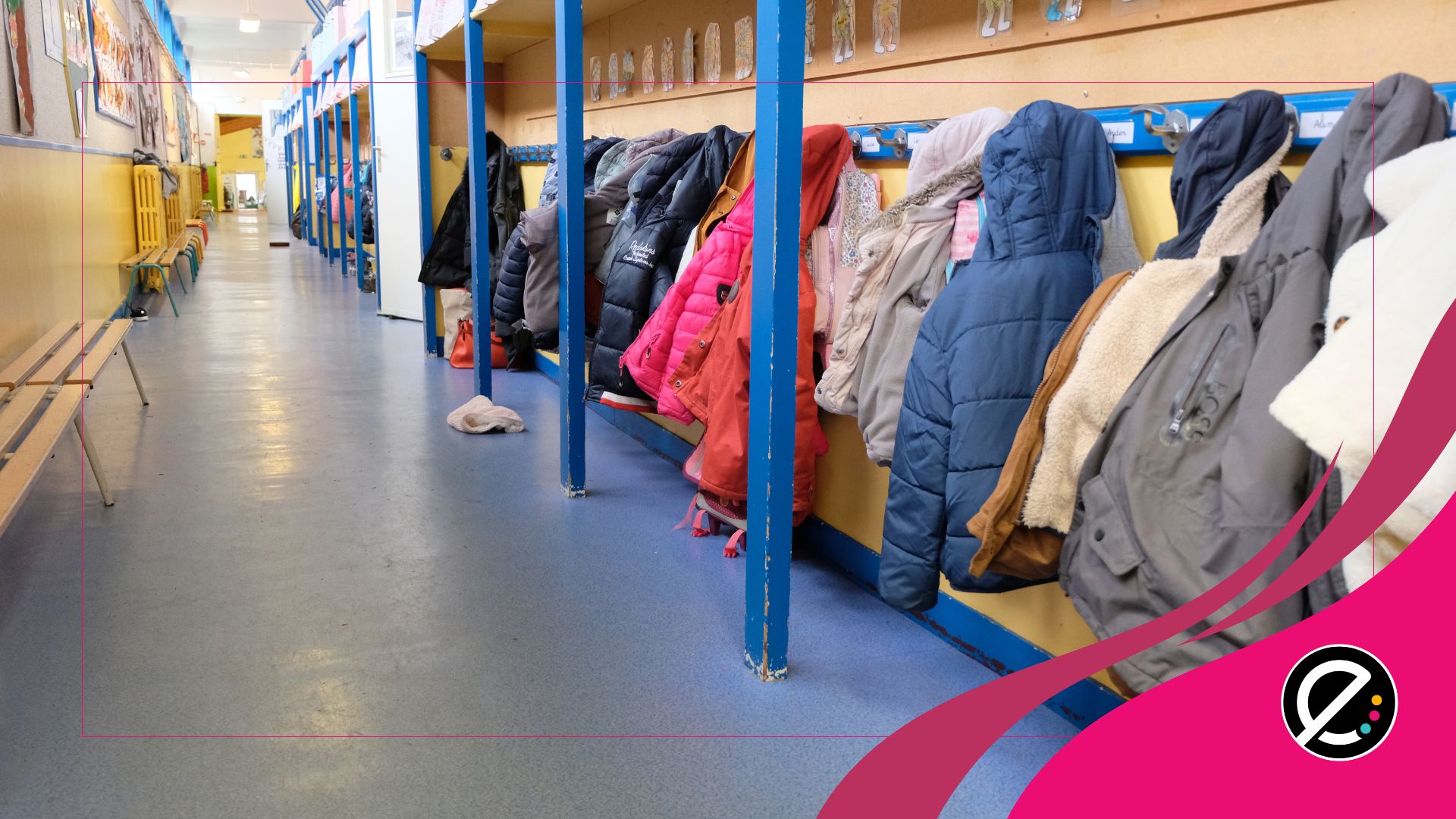La réalité virtuelle ne relève pas de la science-fiction! Il est possible de réaliser des projets très simples à partir d’un appareil mobile et les élèves se laisseront captiver. L’équipe pédagonumérique du Centre de services scolaire de Laval présente à cet effet le site Web Réalité étendue, qui contient une multitude de ressources.
« Lorsqu’on parle de réalité virtuelle, cela peut sembler déroutant. Pourtant, cette technologie offre des possibilités intéressantes pour la classe et il est possible de débuter par des projets très simples. » Voici le message qu’Alexandra Coutlée et Patrick Fleury, tous deux conseillers RÉCIT au Centre de services scolaire de Laval, voulaient transmettre lors d’une conférence présentée dans le cadre du dernier Sommet du numérique en éducation.
Selon eux, les raisons d’expérimenter la réalité virtuelle en classe sont très nombreuses : visite de lieux à distance, interaction avec l’environnement, collaboration immersive à distance, construction d’objets virtuels, jeu et expérimentation sont parmi les possibilités. Ces activités permettent de développer de nouvelles compétences, de stimuler l’imagination et la créativité, d’engager les élèves dans leurs apprentissages.
Réalité virtuelle ou augmentée
Sur le site Web Réalité étendue, ils ont regroupé de nombreuses ressources pour accompagner les enseignants dans la réalisation de projets de réalité virtuelle. Des ressources en réalité augmentée et mixte seront éventuellement ajoutées.
Pour rappel, la réalité virtuelle est l’immersion dans un environnement 3D à l’aide d’un casque de réalité virtuelle (cela peut se faire à partir d’un téléphone intelligent). La réalité augmentée quant à elle est la superposition d’un contenu numérique à l’environnement réel, à l’aide d’un support mobile (tablette / téléphone intelligent).
Puisque ceux-ci sont nécessaires, une section du site Réalité étendue présente les appareils permettant d’expérimenter la réalité virtuelle. Il est aussi possible de tester son appareil pour savoir s’il est compatible. Cela est important de faire ce test, surtout si l’on demande aux élèves d’apporter leurs appareils personnels.
Consommation ou création
Pour Alexandra et Patrick, la réalité virtuelle peut se concrétiser en quatre types d’activités avec les élèves, allant du plus simple au plus immersif et engageant. Ils ont présenté des exemples de situations d’apprentissage à réaliser pour chacun d’eux.
1- Consommation passive
On regarde, on est témoin de quelque chose.
Ex. : expérimenter la vie dans une cellule d’isolement en prison, être dans la peau d’un sans-abri.
2- Consommation interactive
On interagit avec l’environnement.
Ex. : être non-voyant et apprendre à reconnaître son environnement immédiat.
3- Création fixe
On crée des images ou vidéos sphériques.
Ex. : prendre des photos en 360 degrés avec Google Street, créer une scène de crime en image, reproduire une scène d’un roman ou d’une pièce de théâtre.
4- Création interactive
On crée des images ou vidéos sphériques en ajoutant des éléments d’interaction.
Ex. : prendre une photo et y ajouter des points d’information, créer une visite virtuelle de l’école.
Les créations avec images ou vidéos sphériques peuvent être déposées sur le site Thinglink.com, qui accueille ce type de fichier et permet d’interagir avec eux par la suite. La plateforme gratuite my360.io permet aussi de créer des visites immersives.
Une liste d’expériences en réalité virtuelle est présentée sur le site Web. Il est possible de rechercher les activités notamment par type d’appareil utilisé et par coût.
Vous avez expérimenté la réalité virtuelle en classe? Partagez vos constats avec nous!
Pour aller plus loin, lisez ou relisez nos dossiers sur :
Dimension(s) de la compétence numérique en lien avec cet article
3- Exploiter le potentiel du numérique pour l’apprentissage
Voir le Cadre de référence.







